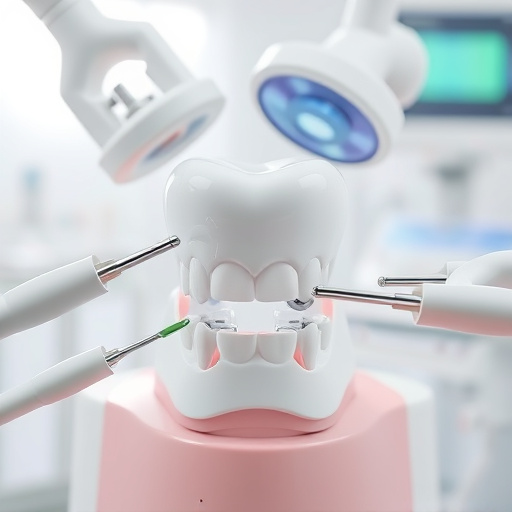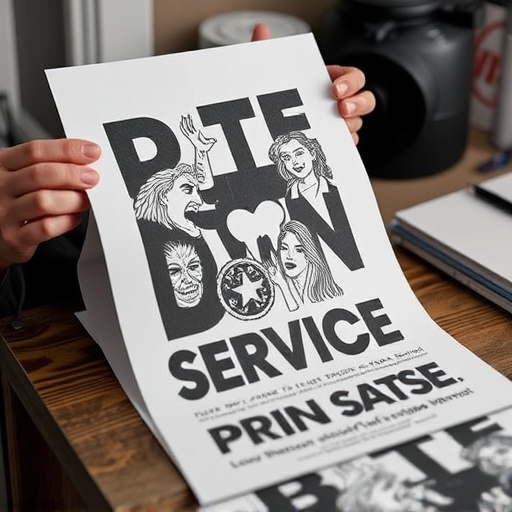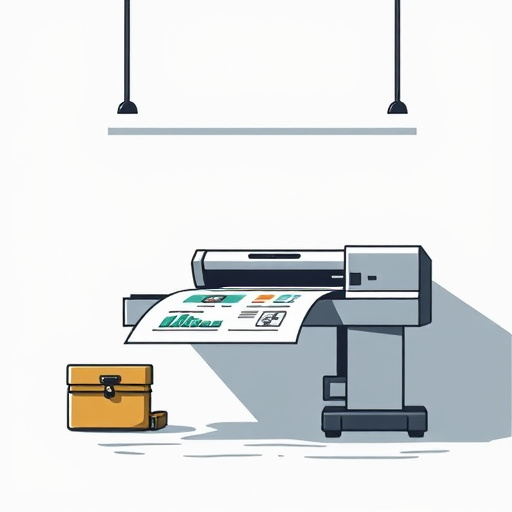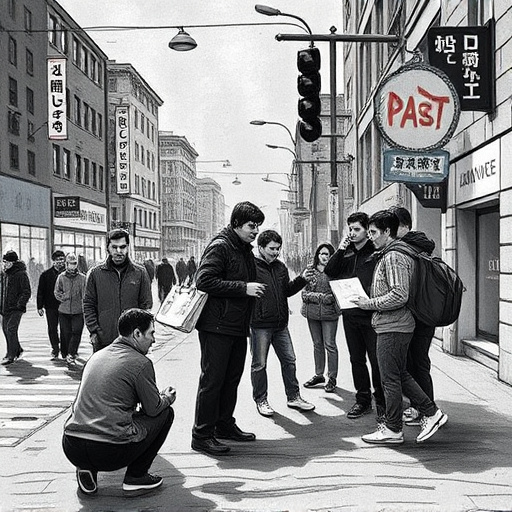Direct-to-Film Transfers (DTF) is a cutting-edge process using specialized printers to create precise, vibrant prints directly onto fabrics and materials from high-resolution scans of actual film frames. Ideal for custom apparel production and personalized gifts, DTF offers greater design flexibility, color palette options, and superior durability compared to traditional printing methods, with applications ranging from uniforms to limited-edition streetwear.
Direct-to-Film (DTF) Transfers are revolutionizing content delivery, offering a direct path from source to screen. This cutting-edge technology bypasses traditional intermediates, enhancing image quality and reducing latency. Understanding DTF involves grasping its basic principles and the meticulous process behind it. This article explores DTF’s benefits, applications, and how it works, providing insights into why this game-changer is transforming industries, from cinema to telecommunications.
- Understanding Direct-To-Film Transfers: The Basics
- How Direct-To-Film Transfers Are Made
- Benefits and Applications of Direct-To-Film Technology
Understanding Direct-To-Film Transfers: The Basics

Direct-to-Film Transfers (DTF) is a cutting-edge method that allows designers and manufacturers to create high-quality prints directly onto various materials, especially garments. This process involves using specialized equipment, such as a direct to film printer, which prepares custom sheets for heat pressing designs. Unlike traditional printing methods, DTF offers unparalleled precision and versatility in terms of design complexity and material compatibility.
The basics of Direct-to-Film Transfers revolve around digitizing the desired artwork or design, converting it into a format that a direct to film printer can understand, and then precisely transferring this image onto the surface of interest using heat and pressure. This method is particularly favored for its ability to produce vibrant, detailed prints on a wide range of fabrics, making it an ideal solution for custom apparel production and personalized gift items.
How Direct-To-Film Transfers Are Made

Direct-to-Film Transfers (DTF) are created by scanning and digitizing actual film frames, offering a unique way to reproduce and share visual content. The process begins with a high-quality source film, carefully selected for its clarity and resolution. The film is then projected onto a specialized scanning bed, where a digital camera captures each frame at incredibly high resolution. This ensures that every detail, from fine textures to subtle color variations, is preserved.
The scanned images are subsequently processed using advanced software, which aligns the frames and creates a seamless digital representation of the original film. Artisans or automated systems can then use this digital negative to create custom DTF transfers, allowing for perfect reproduction on various media. This technique ensures that the original film’s aesthetic is maintained, making it a favorite among filmmakers, artists, and collectors who seek to preserve and share their cinematic legacies.
Benefits and Applications of Direct-To-Film Technology

Direct-To-Film (DTF) transfers offer a game-changing approach to apparel printing and design. One of its key benefits is the ability to achieve vibrant, high-quality prints directly on fabric, eliminating the need for intermediate steps like screen printing or heat transfer. This technology allows for greater flexibility in design complexity and color palette, enabling clothing manufacturers to produce unique, custom-made garments efficiently.
DTF for Apparel has a wide range of applications, from personalizing uniforms and activewear to creating limited-edition streetwear. DTF transfers provide an excellent solution for small batch production, allowing businesses to cater to diverse customer preferences without incurring the costs associated with traditional printing methods. Moreover, dtf prints offer superior durability, ensuring that designs maintain their integrity even after multiple washes, making them ideal for items that are frequently laundered or worn in active lifestyles.
Direct-to-Film (DTF) transfers have evolved as a cutting-edge technology, offering a seamless process for capturing and reproducing high-quality images. By eliminating intermediate steps, DTF transfers ensure precision and efficiency in various applications, from entertainment to industrial uses. This innovative approach has revolutionized content creation, making it easier and more accessible than ever before. With its ability to preserve intricate details and colors, Direct-to-Film technology is set to define the future of visual media, empowering creators to bring their visions to life with remarkable clarity.














